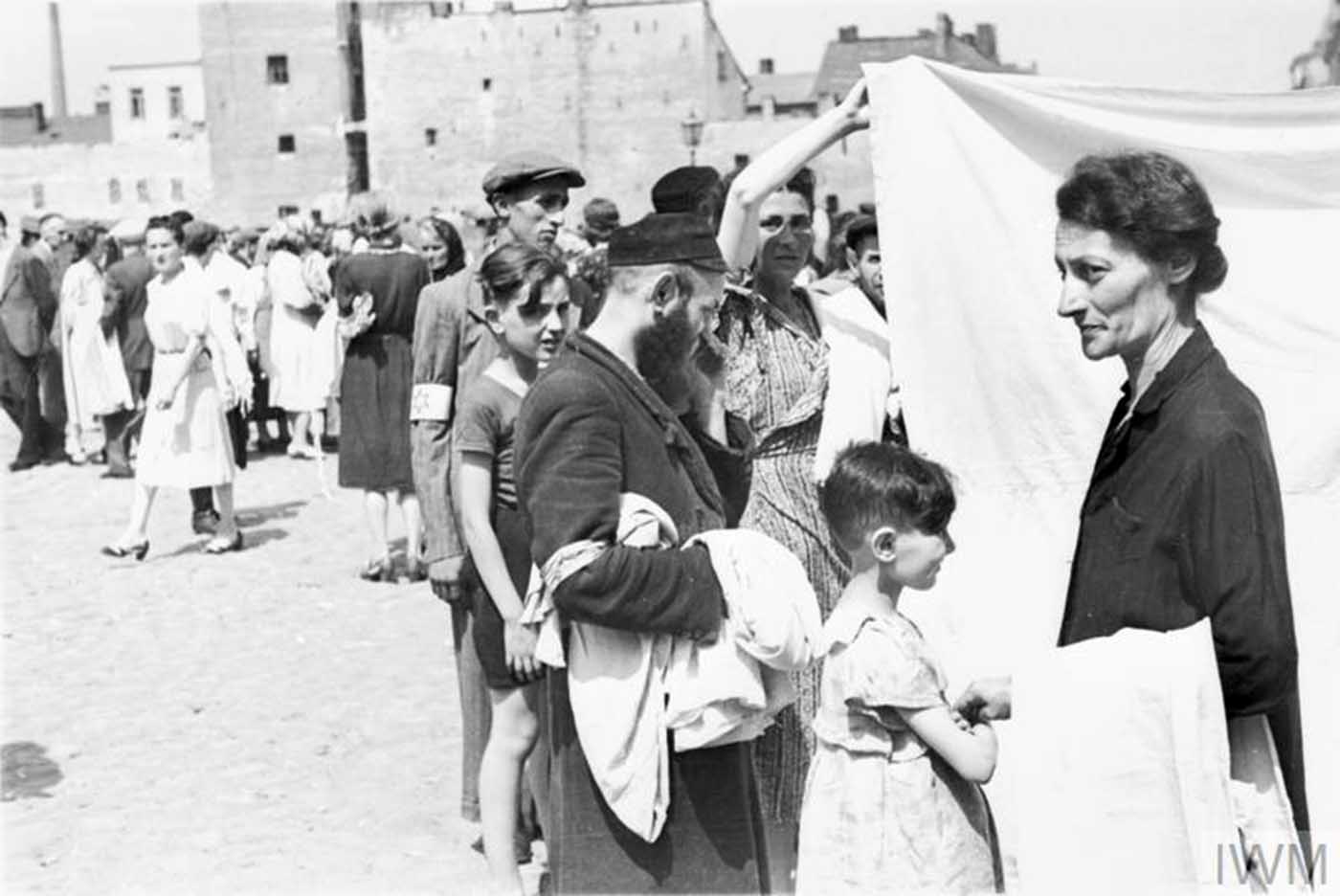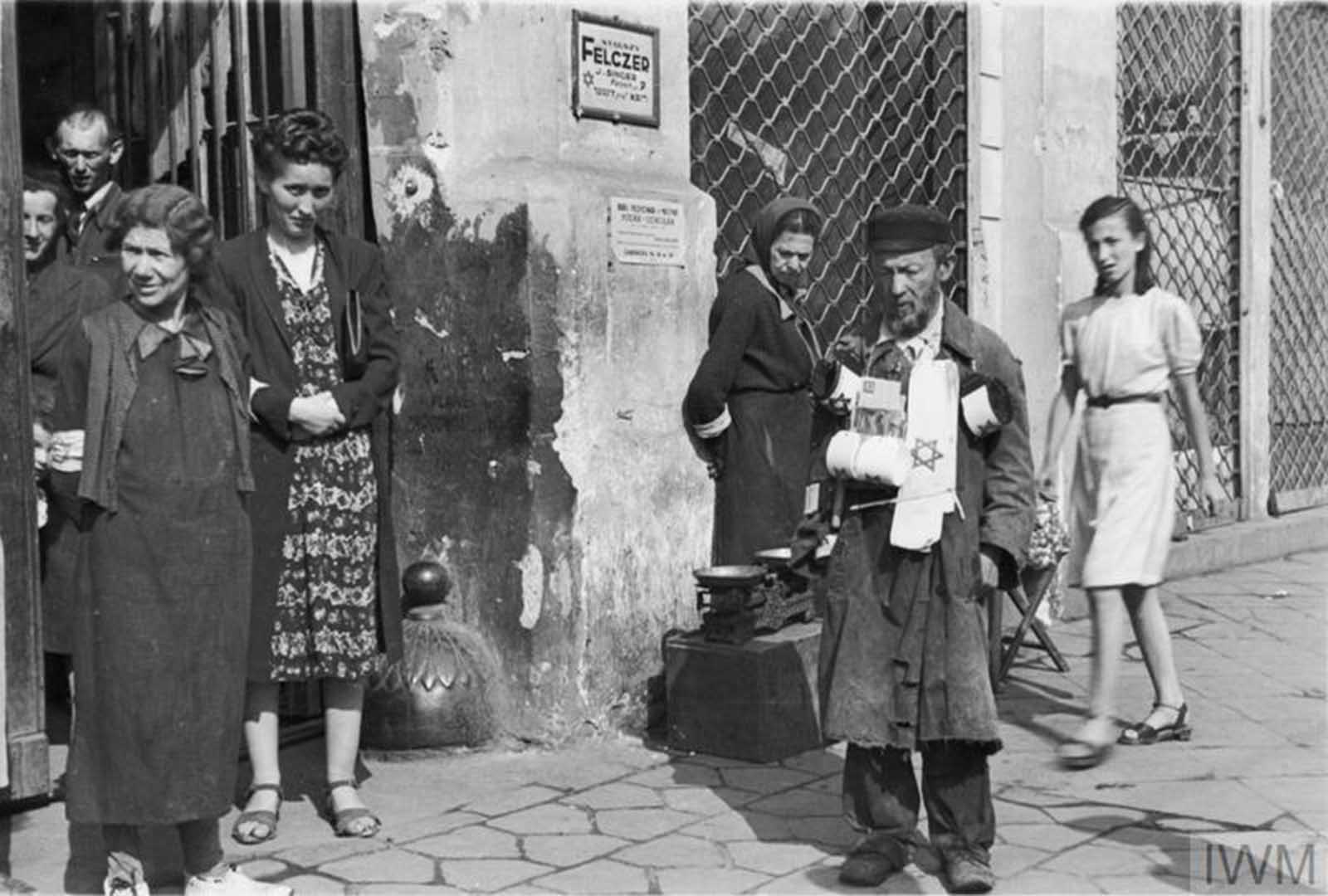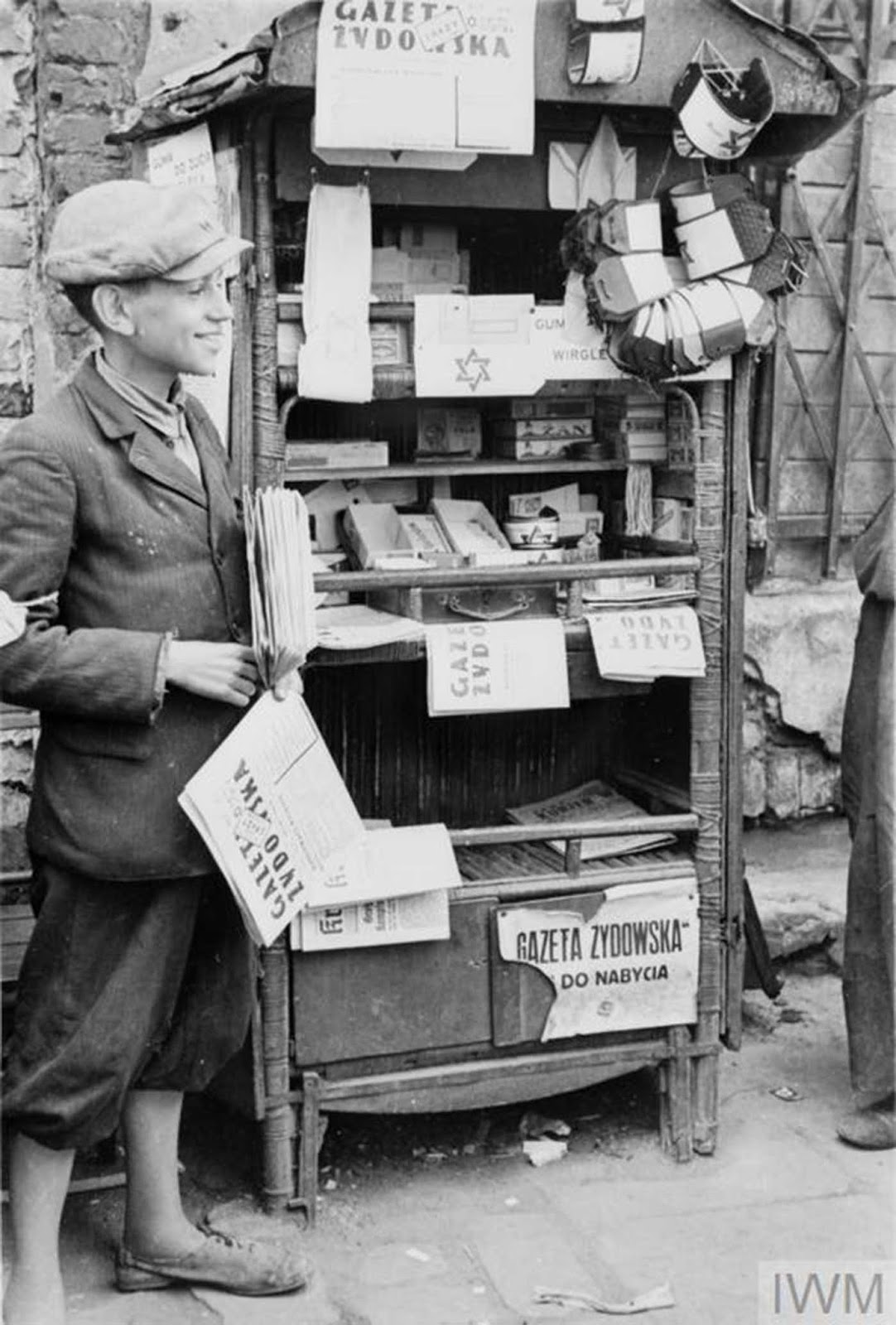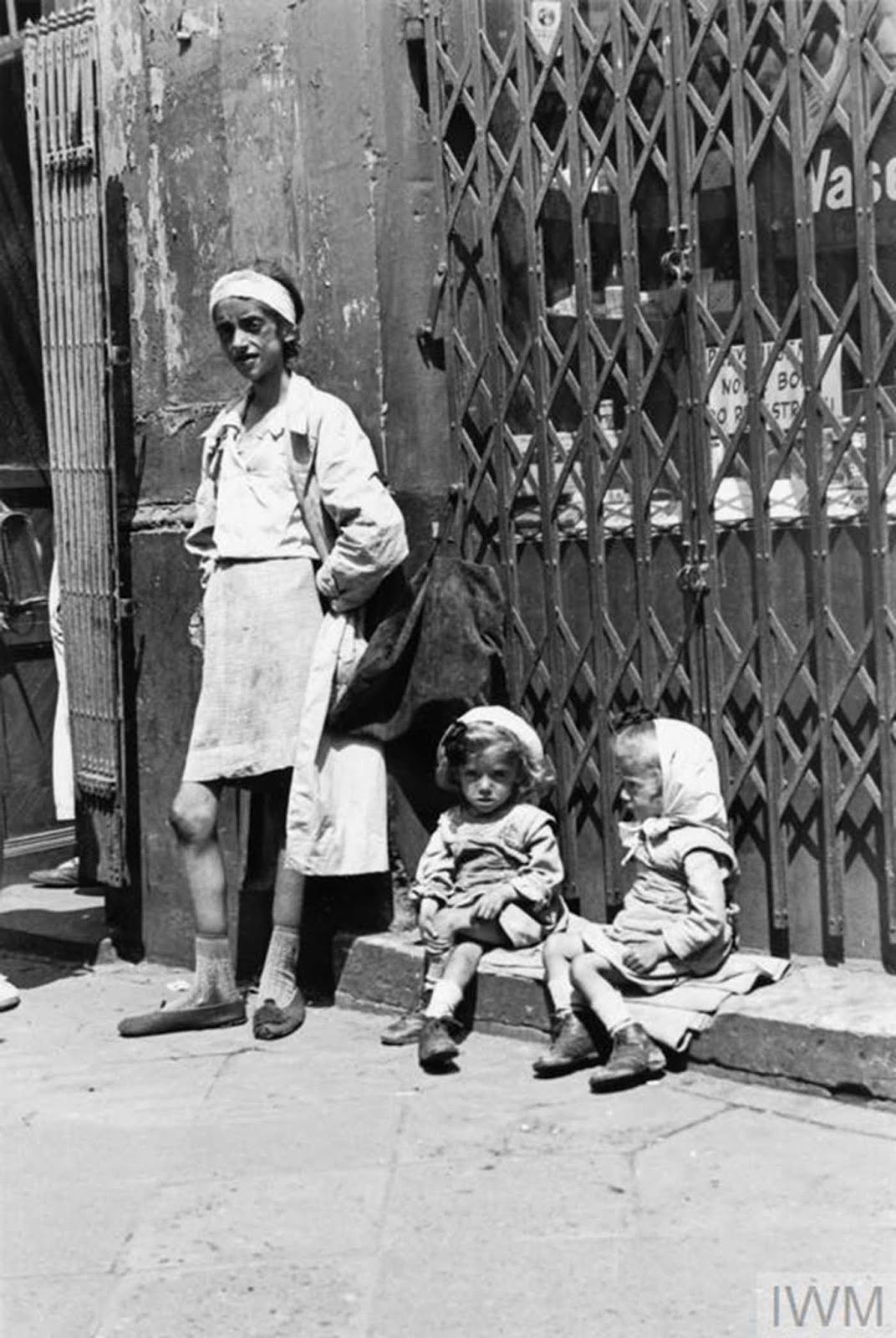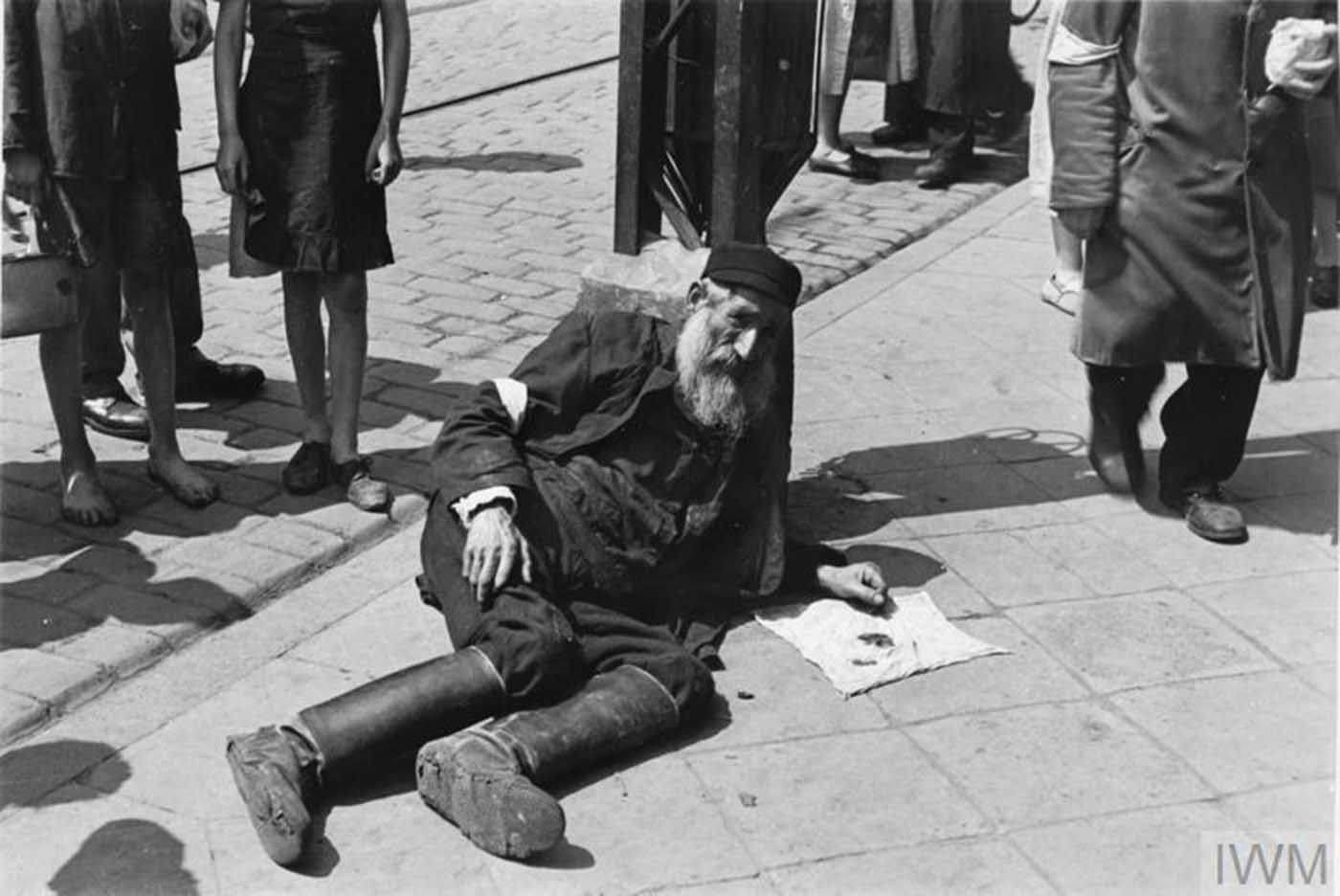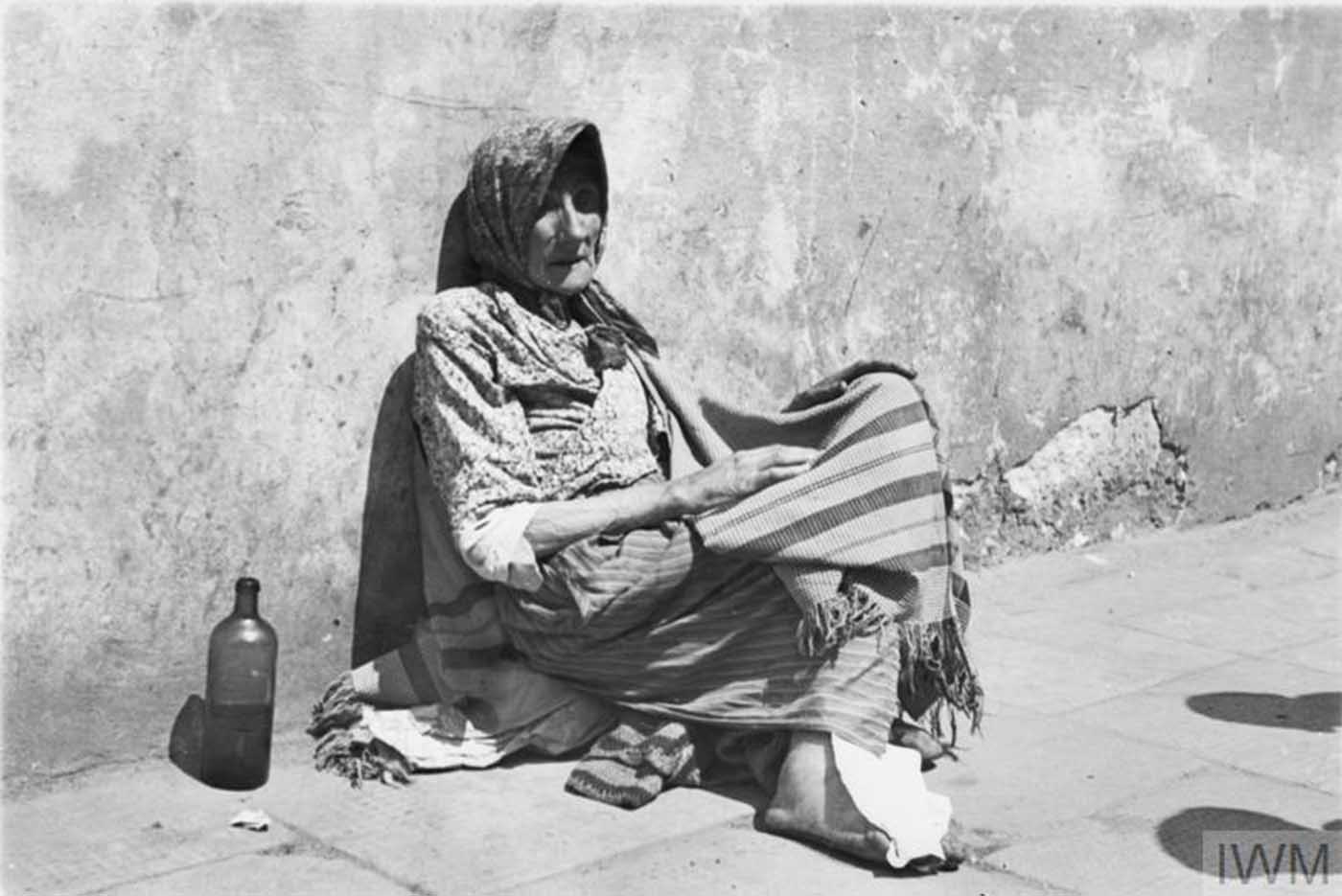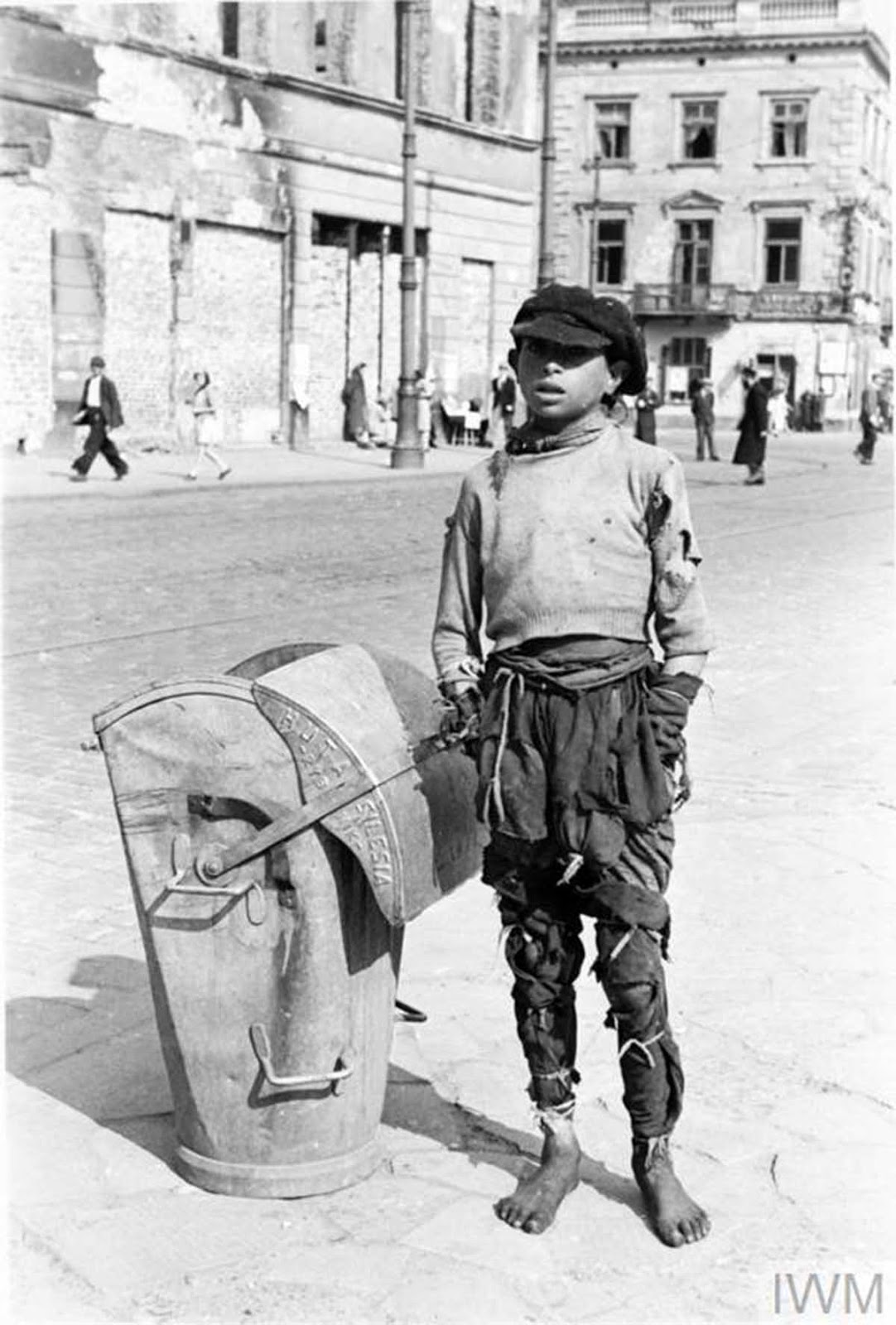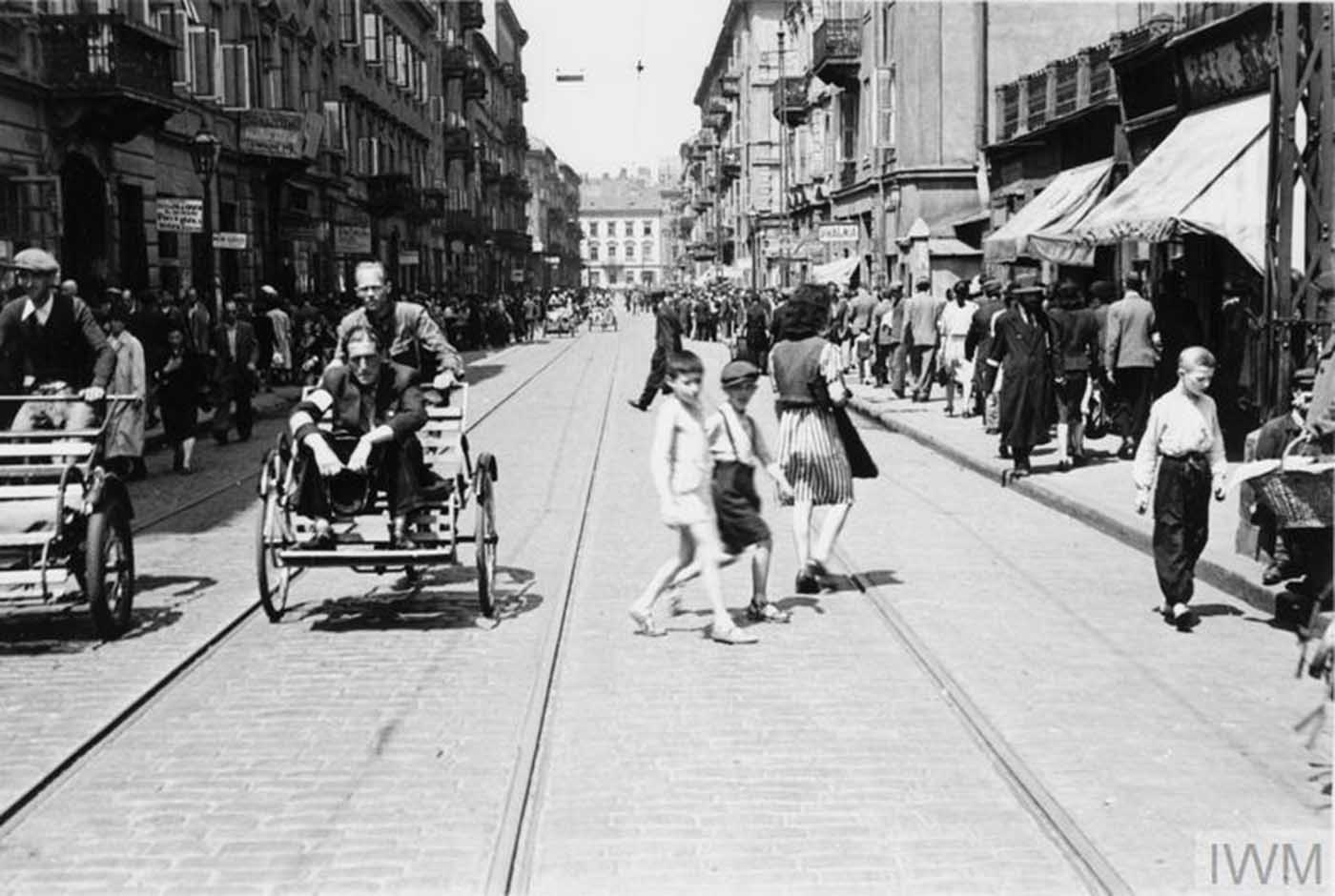It was to become the largest ghetto in Nazi-occupied Europe. All Jewish people in Warsaw had to relocate to the area of the ghetto by 15 November 1940. The ghetto was sealed on that date. In total 113,000 gentile Poles were forced to resettle to the ‘Aryan side’ and were replaced by 138,000 Jews from other districts of the capital. The ghetto reached its highest number of inhabitants in April 1941. Within its wall lived 395,000 Varsovians (residents of Warsaw) of Jewish descent, 50,000 people resettled from the western part of the Warsaw district, 3,000 from its eastern part as well as 4,000 Jews from Germany (all resettled in the early months of 1941). Altogether there were around 460,000 inhabitants in an area of 3.4 km2 (1.3 sq mi), with an average of 7.2 persons per room. 85,000 of them children up to the age of 14. During the first year and a half, thousands of Polish Jews, as well as some Romani people from smaller towns and the countryside, were brought into the Ghetto. Nevertheless, the typhus epidemics and starvation kept the inhabitants at about the same number. An average daily food ration in 1941 for Jews in Warsaw was limited to 184 calories, compared to 699 calories allowed for the gentile Poles and 2,613 calories for the Germans. In August, the rations fell to 177 calories per person. The Holocaust Encyclopedia informs that a food intake of fewer than 1,000 calories per day could lead to death in a matter of weeks. The German authorities were solely responsible for the arrival of food aid, consisting usually of dry bread, flour, and potatoes of the lowest quality, groats, turnips, and a small monthly supplement of margarine, sugar, and meat. The only real means of survival was the smuggling of food and bartering; with men, women, and children all taking part in it. Up to 80 percent of food consumed in the Ghetto was brought in illegally. Private workshops were created to manufacture goods to be sold secretly on the Aryan side of the city. Foodstuffs were smuggled often by children alone who crossed the Ghetto wall anyway possible in their hundreds sometimes several times a day, returning with goods that could weight as much as they did. However, between October 1940 and July 1942 around 92,000 Jewish residents of the ghetto died of starvation, diseases, and cold which accounted for nearly 20% of the entire population. On 21 July 1942 the Nazis began the ‘Gross-Aktion Warsaw’, the operation of mass-deportation of Jews in the Warsaw ghetto to the Treblinka death camp, 80 km north-east. By 21 September around 300,000 of the Warsaw ghetto residents had perished in the gas chambers at the camp. In October 1942 the Germans carried out a new population census – only 35,639 people remained in the ghetto, around 10% of the numbers registered in July of the same year. On 19 April 1943, the surviving remnants of the Jewish population of Warsaw rose to fight a final battle against the Nazis. The Nazi troops, led by SS-Gruppenführer Jürgen Stroop, systematically destroyed the Jewish district and eradicated any form of resistance. 56,065 of the remaining Jews of Warsaw were killed in combat, murdered, or deported to death camps. By mid-May of 1943, the Warsaw ghetto ceased to exist. The photos shared in this article are taken by Willi Georg and a few by Heinrich Joest. In the summer of 1941, Willi Georg, a German Army signalman, visited the ghetto on his commanding officer’s order. A pre-war professional photographer, he took four rolls of films – around 160 images – during his one day visit to the ghetto. His Leica camera with a fifth roll was confiscated by a German police patrol when he was spotted wandering around Ghetto’s streets. Fortunately for him, the other four in his pocket were not found.
There is some mystery about his photographs
Why did many of the photographed subjects seem to respond so positively to him? Could it be he was in his civilian clothes rather than in his uniform? Did the ghetto residents know who he was? In some photographs it appears they did know he was a German serviceman – they remove their hats and look at him with stern faces. Perhaps he introduced himself, or tried to speak to them in broken Polish? Can we assume his attitude towards the people he photographed was sympathetic – after all, he preserved the images throughout the war and made them public afterward? Unfortunately, we might never know the answer to these questions. Willi Georg’s photographs show a period in the ghetto’s history when life for some of the inhabitants was still bearable. People trade in the streets, housewives search for good quality bedclothes, children still find amusement in daily situations. There is even a limited selection of food for sale in some of the shops’ windows. Trams, operated by workers from the ‘Aryan side’, provide limited public transport services. At the same time that these things were happening, however, many others – particularly children and the elderly – were dying of malnutrition in the streets. The contrast is shocking. Their situation is a sign of what was to come for the ghetto inhabitants – starvation, diseases, and deportation to death camps. (Photo credit: Imperial War Museums – IWM / Willi Georg / Heinrich Joest / Mariusz Gasior). Notify me of new posts by email.
Δ Subscribe






